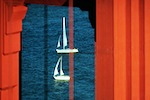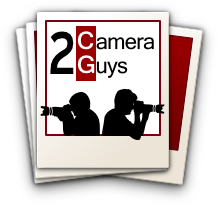Best Superzoom Cameras under $500
- Shootout
- Panasonic DMC FZ150
- Canon SX40 HS
- Sony DSC-HX100V
- Sony DSC-HX200V
- Nikon Coolpix P510
- FujiFilm HS30 EXR
- Nikon Coolpix P500
FIRST PLACE
Panasonic Lumix DMC-FZ150
Panasonic Lumix DMC-FZ150
The Panasonic DMC-FZ150 wins as the all-around best camera in the shootout by combining a sharp lens, excellent visibility for composition, superb responsiveness, quality 1080p/60 movies, an optional external mic, and the ability to capture RAW. None of the other models in this group possess all of these benefits in one package. While other models can meet or beat the FZ150 on certain features, they each fail to match the FZ150 in others.
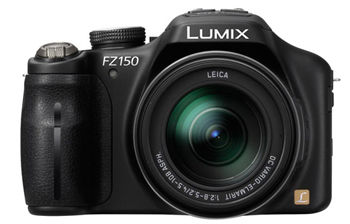

What's HOT about the Panasonic DMC-FZ150:
1. Excellent image sharpness and even illumination edge to edge
2. Outstanding viewfinder, easiest to see/use, rivals the Sony HX100V viewfinder as the best in the group (not as good as optical viewfinders on DSLR's but they are the best among electronic viewfinders).
3. 3", 460,000 dot, fully articulated screen, relatively easy to see in sunlight.
4. Superb image stabilization for razor sharp long zoom shots
5. Fast auto-focus
6. Fast shutter release
7. Continuous shooting at 12 frames per second, with a limit of 12 frames in the buffer. Better than the SX40 which only does 10.3 fps with an 8 shot maximum.
8. Great for HD video (1080p 50/60/30), excellent movie quality
9. Rapid video mode, 220 fps
10. Hot shoe on board for external flash or mic (the Sony and Nikon models don't have one)
11. Panorama mode (gimmicky, but people like it and the Canon SX40 doesn't have it.)
12. 3D photo option (Sony has it, the SX40 and P500 do not)
13. Takes external mic for best sound--eliminates zoom motor noise in the audio tracks.
14. Records RAW as well as JPEG (the only model in the shootout that does RAW)
What's NOT so hot about the Panasonic DMC-FZ150:
1. 24x zoom, the shortest telephoto range of the bunch. At 600mm equivalent, it will not close in on a distant target quite as tightly as the competition.
2. With a maximum of 25mm wide angle, it beats the Sony at 27mm, but is not quite as wide as the Canon at 24mm, or the Nikon at 22.5mm. (not a big deal, but worth mentioning)
3. Video button placement on top deck--some people complain about it, others like it. The good news is that it is difficult to hit by accident, and you don't have your thumb in your face while shooting through the viewfinder like you do on cameras that have the movie button on the back near the viewfinder.
4. Tends to blow out detail in extreme JPEG highlights, generally recoverable in RAW.
5. Shots indoors can be too biased toward warm/yellow.
6. No GPS. The Sony HX100V has it, but the Canon and Nikon do not.
7. It has 3D, but no 3D panorama mode--another feature unique to the Sony HX100V.
A Look at the Panasonic DMC-FZ150
24x zoom range--big deal or not? If you can buy a camera with a 35x zoom for $400, why would you pay the same for a camera that has only 24x zoom? Is this a big issue? We measured the difference between the FZ150 and the Canon SX40 in cinder blocks by taking photos of a cinder block wall from a distance of 42 feet. The FZ150 was able to zoom in to just 1.7 cinder blocks in width, whereas the SX40 was able to get a bit closer, about 1.36 cinder blocks in width:


Telephoto reach: Panasonic FZ150 (left), Canon SX40 (right)
(from a distance of 42 feet)
Yes, it's a shorter max telephoto reach, but there is a trade-off: the Canon SX40 gets closer at maximum zoom, but notice that it loses sharpness and contrast, mostly on the left side of the image. It also shows some unevenness in illumination (vignetting on the corners and along the bottom edge). The FZ150 does not get quite as close, but it is sharper and more evenly illuminated from edge to edge.
Having the extreme telephoto zoom of the Canon SX40 sounds good until you realize that with the extreme zoom it is harder to get a sharp image, especially when the cameras are hand held, like cameras of this size usually are. Here is the 18th green of TPC Canyons Golf Course, Las Vegas, taken with the FZ150 and the Canon SX40:
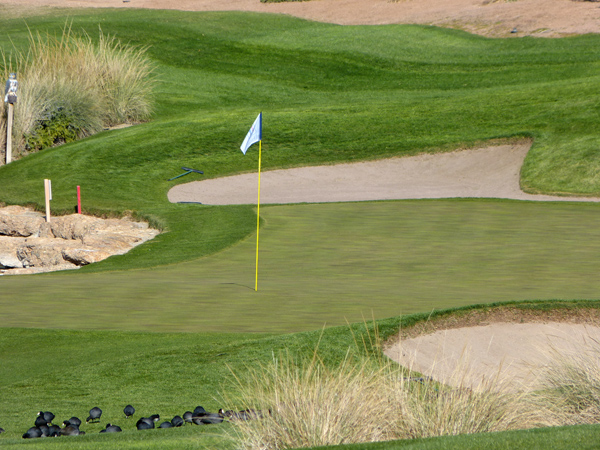
Panasonic FZ150, maximum zoom,
hand held, from about 130 yards
The FZ150 produces a more evenly exposed image, but it is not as close to the subject as the SX40 HS. Vignetting on the corners is present in the SX40's image:
 Canon SX40 HS, maximum zoom,
Canon SX40 HS, maximum zoom,
hand held, from same location as above
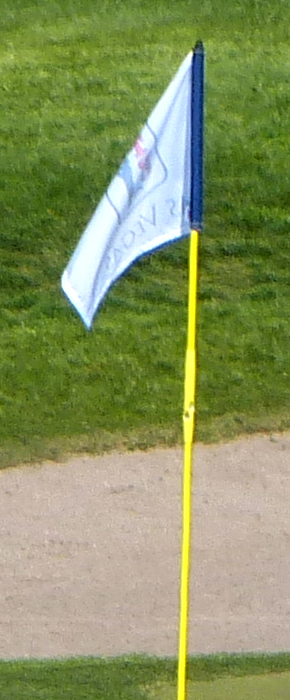
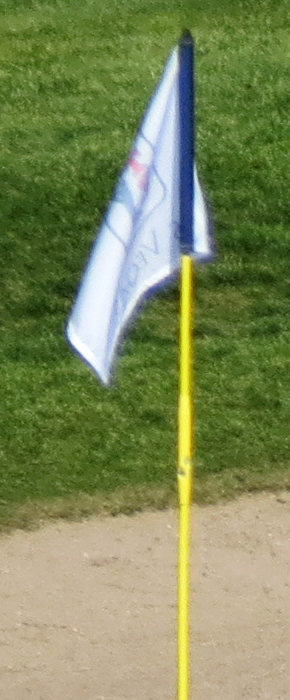
Panasonic FZ150 Canon SX40
Native resolution detail: the FZ150 produces sharper flag
Though there were exceptions, as a general rule we were able to get sharper long distance images with the FZ150 in part because the magnification is not quite as great, and image stabilization is more successful.
--->> Important Exception: The images above were taken with the cameras hand held. IF you use a tripod or otherwise anchor the camera, the Canon SX40 HS will be able to render sharper, more close-up detail than the FZ150. So if you shoot stationary subjects with a tripod, the Canon SX40 HS will likely be YOUR First Place winner for long distance close up shooting.
Viewfinders ARE a big deal. A big advantage of the FZ150 over the SX40 is the ability to see what you are taking a picture of. The viewfinder on the FZ150 is big and bright as far as electronic viewfinders go. It has a slightly cool/bluish tint so colors do not match reality, but it is MUCH easier to see image details than it is on the SX40's rather dim, tunnel-like viewfinder. If all you have used is the SX40 and you've gotten used to it, you may not notice the limitation. But once you've used either the FZ150 or the Sony HX100V and experienced their larger, brighter viewfinders, you will find the viewfinder on the SX40 an annoying limitation. Being able to SEE the framed image through the camera is critical to composing high quality images, and the SX40's viewfinder simply gets in the way.
Excellent image sharpness and contrast. The FZ150 delivers superb contrast and natural color in its fully automated operating modes:
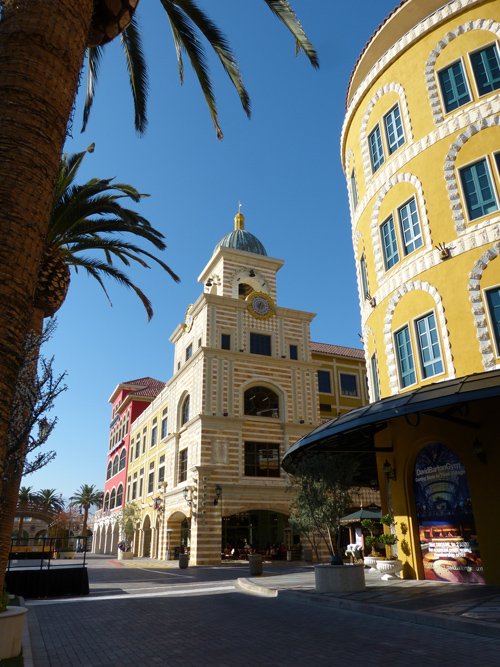
Panasonic FZ150, maximum wide angle
In comparison, the Canon SX40 in automatic mode tends to capture slightly overexposed. You can't tell on the LCD screen that this is happening. With slight overexposure, shadow detail is more evident, but the image is lower in contrast and colors are not as saturated as you can see below. This can be fixed in a photo editor, or you can use EV controls on the SX40 to compensate, but this problem does not exist on the FZ150:

Canon SX40 HS, maximum wide angle
The FZ150 typically takes warmer pictures in indoor lighting than does the SX40. It can be excessive, but it can also hit it just right where other cameras fail. Two pictures are worth 500 words each:
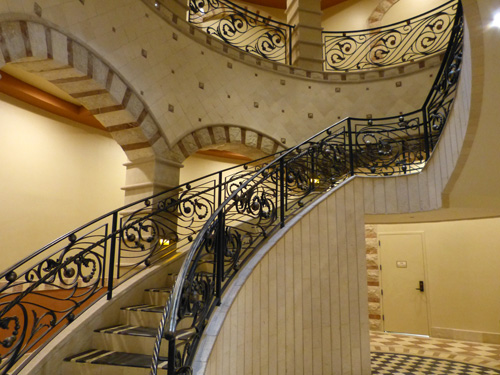
Panasonic FZ150 -- in this instance the camera accurately
captures the warm color temperature of the scene

Canon SX40 HS, noticeably colder than the actual scene
It is easy to take excellent photographs with the FZ150 with its superb image stabilization, sharp lens, natural color, generally accurate exposures, and good handling and responsiveness. None of the competing superzoom cameras, all of which have longer zoom ranges, can consistently match the image quality of the FZ150:

Panasonic FZ150, hand held, maximum zoom,
from a distance of about 60 yards
The photo below was taken with the Canon SX40 HS from the same location as the FZ150 photo above. The SX40 gets closer to the subject with its huge telephoto reach, but the center of the image is overexposed, the corners are underexposed, and the picture is not quite as sharp from edge to edge:

Canon SX40 HS, hand held, maximum zoom
For a closer look at the FZ150 vs. the Canon SX40, you can see how they compare using the PhotoScope tool, which shows you what the image files look like at up to 100% pixel viewing:
Conclusion. The Panasonic Lumix DMC-FZ150 is the clear winner in this group of four. It feels and performs a bit more like a professional camera than its competitors. The 24x zoom range is the shortest of the group, but it appears that Panasonic engineers settled on this limitation to achieve better picture quality. We like the fact that in automatic mode we get excellent exposures with superb color. Unlike the Canon SX40 and the Sony HX100V, you won't need to do much fussing in Photoshop to fix flaws in the images taken on the FZ150. But if you do want to spend time in photo editing to get the very best image files for large prints or professional use, the FZ150 gives you the RAW files to work with while the others don't. The Panasonic DMC-FZ150 is the most solid and reliable performer in the group. If you want a superzoom camera, this is one we can strongly recommend.




